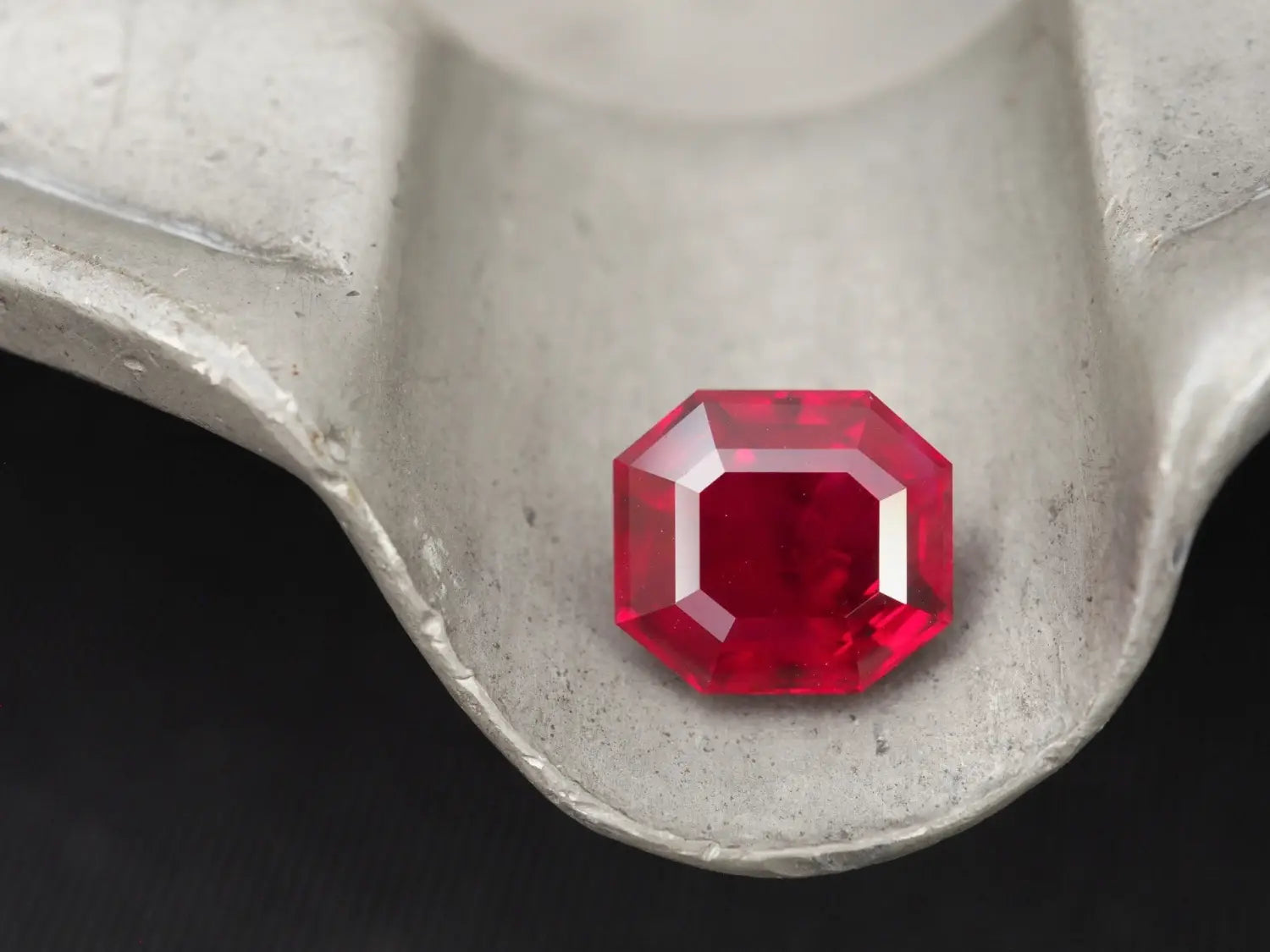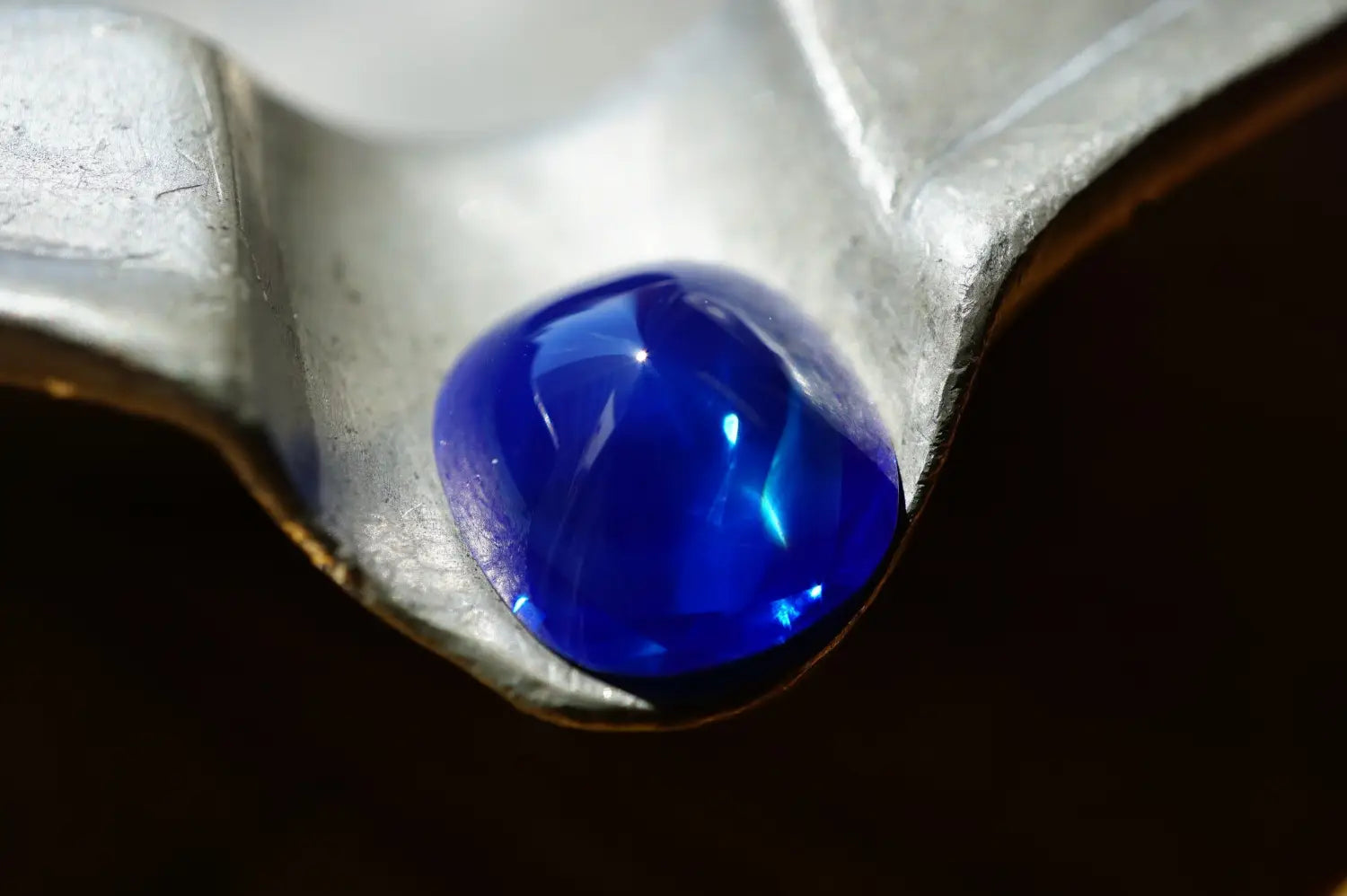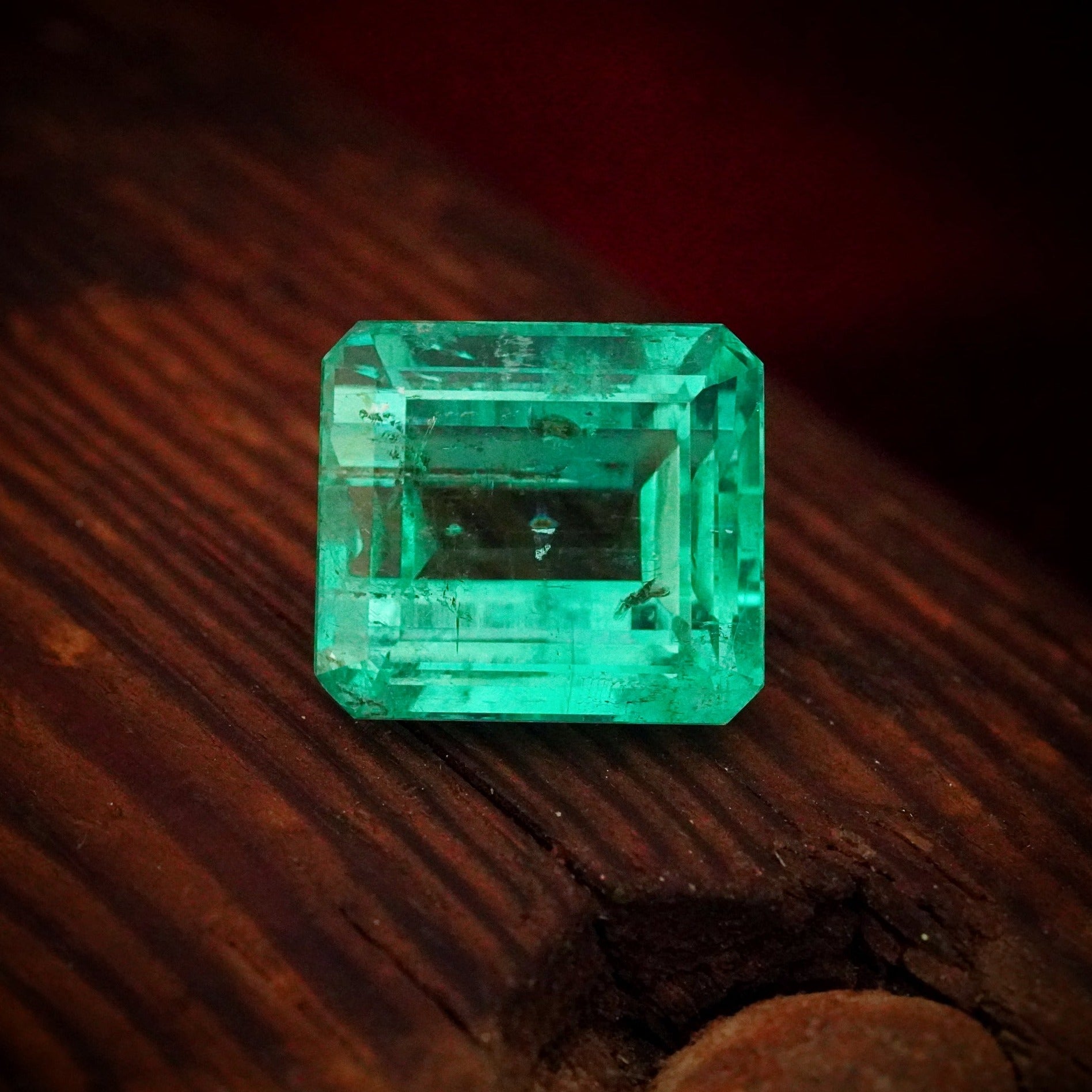
Burmese Rubies: What Makes Them the Supreme Red Stone?
Legend has it that “long before the Buddha walked the earth, northern Burma (modern-day Myanmar) was inhabited only by wild animals and birds of prey. One day, the largest and oldest eagle soared over a valley and spotted what appeared to be a bright red morsel of meat on a hillside. It tried in vain to grasp it with its claws, but to no avail. Eventually, the eagle realized that what it had found was not food, but a sacred and peerless stone, formed by the earth itself. This stone was the first ruby, and the valley was Mogok.”
For centuries, the Mogok Stone Tract in Upper Burma, about 435 miles north of the old Burmese capital of Rangoon, has been one of the world’s most important sources for many different types of gemstones; in fact, some of the most expensive gemstones ever found originated here. But this fruitful valley is perhaps best known for producing the world’s most outstanding rubies, known throughout history as the Burmese rubies.
The Unique Features of Burmese Rubies
Rubies have been one of the most desired gemstones through the ages. For instance, they’re called “ratnaraj” or “King of Precious Stones” in the ancient language of Sanskrit, as well as the most precious of the 12 stones created by God. Ancient people believed that wearing rubies could bring good health, wealth, wisdom, and love. Some even swallowed rubies to cure blood disorders or heal wounds. But of all the rubies ever created, those that are called Burmese rubies set the standard by which all other rubies are judged.
The remarkable allure of Burmese rubies stems from their naturally intense purplish-red color. Like all rubies, they are a variety of corundum, a mineral that is colorless in its pure form but turns red when chromium is present. The Mogok Valley’s high chromium content gives its rubies their famously rich color.
Burmese rubies also typically form in marble, a rock created when limestone is subjected to extreme heat and pressure as part of the mountain formation process. Because marble has low iron content, rubies formed within it have an even more vivid red hue.

The Burmese ruby in "The Crimson Flame" ring has near perfect crystallization and the prized "pigeon's blood red" color. Photo courtesy of Christie's.
Additionally, rubies rich in chromium and formed in marble can fluoresce under ultraviolet light, such as sunlight. This makes the red color appear even more intense and gives the stone a lively, “glowing” effect that makes it appear internally illuminated.
Burmese rubies also often contain “silk”—tiny inclusions that scatter light—that create a soft, glowing appearance. They also tend to have a desirable clarity, making them ideal for faceting.
Burmese rubies are also known to produce the finest color quality in rubies—the coveted “pigeon’s blood red”—a vivid pure-red hue with no overtones of orange or brown. Burmese rubies with this color are exceedingly rare, so rare that it can take one miner months to a year to find even just one. Burmese merchants often say that seeing a pigeon’s blood ruby is like “seeing the face of God.”
A Brief History of Burmese Ruby Mining
Gemstone mining and trading in Mogok is believed to have begun as early as the 6th century A.D. Historical records indicate that by 1597, the King of Burma took control of the mines from the local Shan ruler to gain direct access to these magnificent Burmese rubies and other gems.

At $30 million, "The Sunrise Ruby" Burmese ruby and diamond ring by Cartier set a world record price for a ruby at auction. Photo courtesy of Sotheby's.
When the British annexed Upper Burma to the colony of India in 1886, they leased the mines to the British firm Burma Ruby Mines Ltd. in 1889. The firm faced significant challenges, such as relocating an entire village when the richest gem deposits were found beneath Mogok. They also had to build roads, bridges, washing mills, and a hydroelectric plant. However, severe floods in 1929 destroyed much of the mining infrastructure, leaving a large lake that remains today. After several failed attempts to revive modern mining operations, traditional methods were reinstated, and Mogok became largely closed to foreigners.
In 1997, the United States imposed sanctions on Burma for human rights violations, banning the import of Burmese rubies. These sanctions were lifted in 2016 due to the country’s “substantial advances to promote democracy.” However, there’s a dearth of fine-quality Burmese ruby coming out of the country, making these special gems exceedingly rare.
Several of the Most Glorious Burmese Rubies
Unlike diamonds, very few large, named Burmese rubies are housed in museums or royal collections. This is partly because early Burmese kings ordered rubies to be cut into smaller pieces, reducing their size and prestige. Nonetheless, a few remarkable Burmese rubies have made waves at auction, at times selling for well above their pre-auction estimates.
Topping the list is the “Sunrise Ruby,” which sold for over $30 million at Sotheby’s Geneva auction in May 2015, setting a world record price for a ruby. Weighing 25.59 carats, this spectacular cushion-shaped ruby boasts a stunning combination of unenhanced pigeon’s blood red color, exceptional clarity, and brilliance. Mounted by Cartier in a ring between two shield-shaped diamonds, this Burmese ruby is absolutely breathtaking.
Another example is the “Crimson Flame,” which sold for nearly $18.5 million at Christie’s Hong Kong auction in December 2015. This 15-carat cushion-shaped ruby has near-perfect crystallization and a striking unenhanced pigeon’s blood red hue. It’s beautifully showcased within a cushion-shaped diamond surround atop a white gold band encrusted with pavé-set circular-cut diamonds.

At $14.2 million, the Burmese ruby in Verdura's "Jubilee Ruby" ring is the most expensive colored gemstone ever sold at auction in the United States. Photo courtesy of Christie's.
Another example is the “Jubilee Ruby,” mounted in a sensational gold and diamond ring by Verdura, which sold for $14.2 million at Christie’s New York auction in April 2016. This Burmese ruby, weighing 15.99 carats, is the most expensive colored gemstone ever sold at auction in the United States.
It’s important to note that many rubies undergo heat treatment to enhance their color and overall appearance. Finding a Burmese ruby that is both unheated and weighs more than one carat is exceedingly rare, commanding some of the highest prices in the gem world.
Burmese rubies are the dream of every gemstone connoisseur, including here at Jogani, where we have a collection of fine unheated Burmese rubies that combine the most sought-after qualities of this precious gem, including the highly coveted “pigeon’s blood red” color. Take a look at our offerings. We’re sure you’ll want for your collection one of these legendary colored gems, perhaps the most prestigious and prized gemstone ever created.


